Developing a nursing care plan for cataract patients requires a thorough understanding of the nursing diagnosis for this condition. Learn about common nursing diagnoses for cataracts and how they can be used to improve patient outcomes. Discover assessment, planning, and intervention strategies for cataract nursing care plans.
What are Cataracts?
A cataract is a gradually developing opacity of the lens or lens capsule of the eye. This condition occurs when the clear lens of the eye becomes cloudy, leading to blurred or distorted vision, and can significantly impact a person’s quality of life. Cataracts can be caused by a variety of factors, including genetics, environmental factors, and certain medical conditions, and may require surgical intervention to restore vision. The prognosis is generally good and surgery improves vision in 95% of affected people.
Nursing Care Plans and Management
Treatment of cataracts consists of surgical extraction of the cataractous lens opacity and intraoperative correction of visual deficits. The current trend is to perform the surgery as a same-day procedure. Nursing care revolves around patient education before and after surgery and providing safety.
Nursing Problem Priorities
The following are the nursing priorities for patients with cataracts:
- Assess and recognize cataracts
- Educate patients about cataracts
- Monitor visual acuity and limitations
- Provide support for visual function optimization
- Coordinate referrals for surgical evaluation
Nursing Assessment
Assess for the following subjective and objective data:
- Blurry or cloudy vision
- Decreased night vision
- Sensitivity to glare
- Double vision in one eye
- Faded or dull colors
- Perception of a “halo” around lights
- Difficulty reading, seeing small details, or performing tasks that require clear vision
Nursing Diagnosis
Following a thorough assessment, a nursing diagnosis is formulated to specifically address the challenges associated with cataracts based on the nurse’s clinical judgement and understanding of the patient’s unique health condition. While nursing diagnoses serve as a framework for organizing care, their usefulness may vary in different clinical situations. In real-life clinical settings, it is important to note that the use of specific nursing diagnostic labels may not be as prominent or commonly utilized as other components of the care plan. It is ultimately the nurse’s clinical expertise and judgment that shape the care plan to meet the unique needs of each patient, prioritizing their health concerns and priorities.
Nursing Goals
Goals and expected outcomes may include:
- The patient will regain the optimal vision possible and will adapt to permanent visual changes
- The patient will be able to verbalize understanding of visual loss and diseases of the eyes.
- The patient will be able to regain vision to the maximum possible extent with the surgical procedure.
- The patient will be able to deal with the potential for permanent visual loss.
- The patient will maintain a safe environment with no injury noted.
- The patient will be able to use adaptive devices to compensate for visual loss.
- The patient will be compliant with the instructions given and will be able to notify the physician of emergency symptoms.
- The patient will be free of injury and will be able to perform activities within the parameters of sensory limitation.
- The patient will be able to be free of injury.
- The patient and/or family will be able to modify the environment to ensure patient safety.
Nursing Interventions and Actions
Therapeutic interventions and nursing actions for patients with cataracts may include:
1. Monitoring Visual Acuity and Provide Support for Visual Function Optimization
Cataracts can significantly impact the visual acuity and overall visual function of affected individuals. Visual acuity refers to the sharpness and clarity of vision, and in the case of cataracts, it is often impaired due to the clouding or opacification of the lens. This can result in blurry or hazy vision, difficulty seeing fine details, and reduced visual clarity. Cataracts can also affect various aspects of visual function, including depth perception, color perception, and contrast sensitivity, leading to difficulties in daily activities such as reading, driving, and recognizing faces.
Assess the patient’s ability to see and perform activities.
Provides a baseline for the determination of changes affecting the patient’s visual acuity.
Encourage the patient to see an ophthalmologist at least yearly.
Can monitor progressive visual loss or complications. Decreases in visual acuity can increase confusion in elderly patients.
Provide sufficient lighting for the patient to carry out activities.
Elderly patients need twice as much light as younger people.
Provide lighting that avoids glare on surfaces of walls, reading materials, and so forth.
Elderly patients’ eyes are more sensitive to glare and cataracts diffuse glare so the patient has more difficulty with vision.
Provide night light for the patient’s room and ensure lighting is adequate for the patient’s needs.
Patients’ eyes may require longer accommodation time to changes in lighting levels. The provision of adequate lighting helps to prevent injury.
Prepare the patient for cataract surgery as warranted.
Provides knowledge, and facilitates compliance with the regimen.
Instruct patient regarding normal age-related vision changes, cataracts, and methods of dealing with visual acuity changes.
Helps increase the patient’s understanding of visual changes and to make informed choices about options as the patient ages, the lens becomes denser and has less elasticity thus accommodation is decreased. Presbyopia is an age-related change that begins in people who are in their 40s and progresses. Visual acuity changes occur as the eye becomes more hyperopic as a result of neurologic changes in the visual pathways of the brain. The ability to distinguish fine details decreases because of the loss of neurons in the visual pathways in the brain.
Vitreous humor changes related to aging occur and consist of haziness, vertical flashing lights, line spots, or clusters of moving dots. The ability to differentiate colors also decreases with age because the cones that are responsible for color vision decline in sensitivity. In patients over 60, the lens may become yellowed from age, which results in blue objects appearing gray. Visual field decreases by approximately 1-3 inches per decade after 50.
Provide large print objects and visual aids for teaching.
Assists patient to see larger print and promotes a sense of independence.
If surgery is planned, instruct the patient and/or family regarding the procedure, post-procedure care, and the need for follow-up with the physician. Instruct about complications and emergency signs and symptoms (flashing lights with loss of vision, seeing a “veil” falling over the visual field, loss of vision in a specific portion of the visual field, etc.) of which to notify the physician.
Prepares the patient for what to expect, facilitates compliance and provides instruction about potential problems to lessen anxiety.
2. Preventing Injuries
Patients with cataracts are prone to injury due to their impaired vision, which can result in reduced visual acuity, blurry vision, and decreased depth perception. These visual changes can make it challenging for them to navigate their surroundings, leading to an increased risk of accidents, falls, and collisions with objects or obstacles.
Assess the patient for the degree of visual impairment.
Increases awareness of the problem, and identifies severity to allow for the establishment of a plan of care.
Ensure the room environment is safe with adequate lighting and furniture moved toward the walls. Remove all rugs, and objects that could be potentially hazardous.
Provides a safe environment to reduce the potential for injury.
Keep the patient’s glasses and call bell within easy reach.
Provides assistance for the patient and for optimal visual acuity.
Instruct the patient and/or family regarding the need to maintain a safe environment.
Reduced visual acuity puts the patient at risk for injury.
Instruct patient and/or family regarding safe lighting. The patient should wear sunglasses to reduce glare. Advise family to use contrasting bright colors in household furnishings.
These techniques help enhance visual discrimination and reduce the potential for injury.
Provide information on adaptive devices or techniques such as using appropriate eyewear like prescription glasses or sunglasses to optimize vision and reduce glare, using large-print or high-contrast materials, and utilizing assistive technology such as talking clocks or voice-activated devices.
This is to enhance independence and reduce the risk of injury.
3. Initiating Patient Education and Health Teachings
Post cataract surgery, patient education focuses on the following aspects: providing information about the importance of properly using prescribed eye drops and medications, including the correct dosage and frequency, emphasizing the need to protect the eyes from excessive sunlight or bright light, using sunglasses or other protective measures, providing education about potential signs of complications or infection to watch out for, and the importance of attending follow-up appointments with the ophthalmologist for proper monitoring and care.
After surgery to extract a cataract:
- Remind the patient to attend a checkup the following day after surgery.
A follow-up appointment is needed to monitor healing progress, evaluate visual acuity, and address any potential complications or concerns. - Instruct the patient to avoid activities such as heavy lifting, bending over at the waist, or engaging in strenuous physical activities that may increase the risk of eye injury or infection
Because the patient will be discharged after he recovers from anesthesia post-op. Warn him to avoid activities that increase intraocular pressure. - Instruct the patient to wear a plastic or metal shield over the eye with perforations; a shield or glasses should be worn for protection during the day.
To protect the eye from accidental injury. - Instruct the patient to use protective eyewear and limit outdoor activities during peak sunlight hours to protect the eyes from excessive sunlight or bright light.
UV radiation and intense light can be harmful to the eyes, especially during the early stages of recovery. - Instruct the patient to be cautious about driving or operating any heavy machinery until the vision is fully recovered and has been cleared by the opthalmologist.
Vision may be temporarily blurry or unstable immediately after cataract surgery, and it is important to prioritize safety and ensure clear and comfortable vision before engaging in such activities. - Teach the patient how to administer antibiotic ointment or drops; including steroids.
To prevent infection and inflammation. - Instruct the patient to watch out for the development of complications, such as sharp pain in the eye uncontrolled by analgesics, or clouding in the anterior chamber.
This may indicate infection and should be reported immediately.
Recommended Resources
Recommended nursing diagnosis and nursing care plan books and resources.
Disclosure: Included below are affiliate links from Amazon at no additional cost from you. We may earn a small commission from your purchase. For more information, check out our privacy policy.
Ackley and Ladwig’s Nursing Diagnosis Handbook: An Evidence-Based Guide to Planning Care
We love this book because of its evidence-based approach to nursing interventions. This care plan handbook uses an easy, three-step system to guide you through client assessment, nursing diagnosis, and care planning. Includes step-by-step instructions showing how to implement care and evaluate outcomes, and help you build skills in diagnostic reasoning and critical thinking.

Nursing Care Plans – Nursing Diagnosis & Intervention (10th Edition)
Includes over two hundred care plans that reflect the most recent evidence-based guidelines. New to this edition are ICNP diagnoses, care plans on LGBTQ health issues, and on electrolytes and acid-base balance.

Nurse’s Pocket Guide: Diagnoses, Prioritized Interventions, and Rationales
Quick-reference tool includes all you need to identify the correct diagnoses for efficient patient care planning. The sixteenth edition includes the most recent nursing diagnoses and interventions and an alphabetized listing of nursing diagnoses covering more than 400 disorders.

Nursing Diagnosis Manual: Planning, Individualizing, and Documenting Client Care
Identify interventions to plan, individualize, and document care for more than 800 diseases and disorders. Only in the Nursing Diagnosis Manual will you find for each diagnosis subjectively and objectively – sample clinical applications, prioritized action/interventions with rationales – a documentation section, and much more!

All-in-One Nursing Care Planning Resource – E-Book: Medical-Surgical, Pediatric, Maternity, and Psychiatric-Mental Health
Includes over 100 care plans for medical-surgical, maternity/OB, pediatrics, and psychiatric and mental health. Interprofessional “patient problems” focus familiarizes you with how to speak to patients.

See Also
Other recommended site resources for this nursing care plan:
- Nursing Care Plans (NCP): Ultimate Guide and Database MUST READ!
Over 150+ nursing care plans for different diseases and conditions. Includes our easy-to-follow guide on how to create nursing care plans from scratch. - Nursing Diagnosis Guide and List: All You Need to Know to Master Diagnosing
Our comprehensive guide on how to create and write diagnostic labels. Includes detailed nursing care plan guides for common nursing diagnostic labels.
Other ophthalmic nursing care plans:

























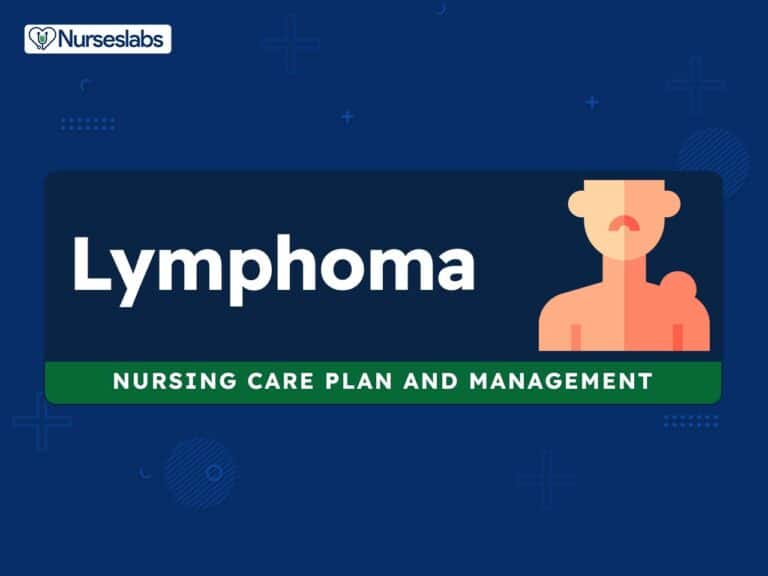
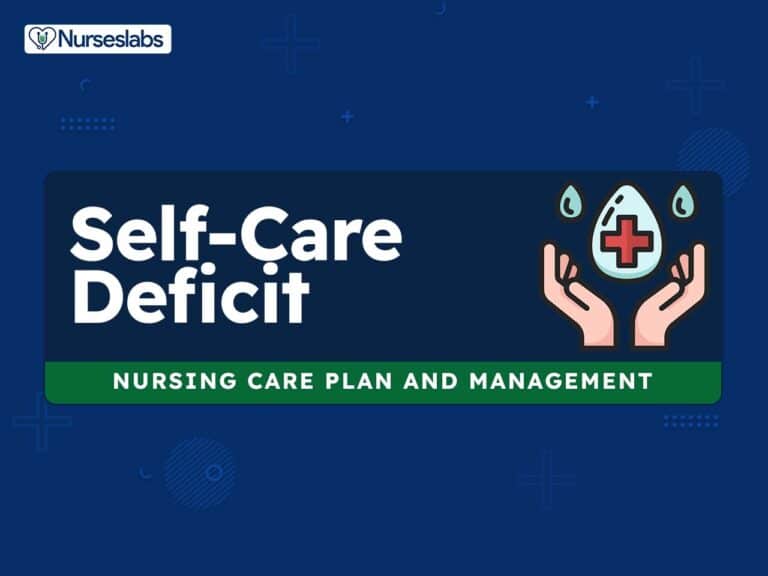
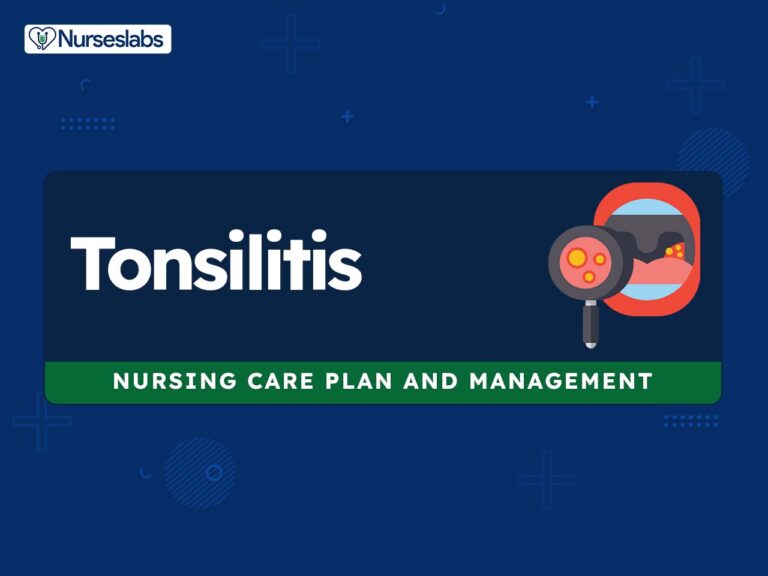


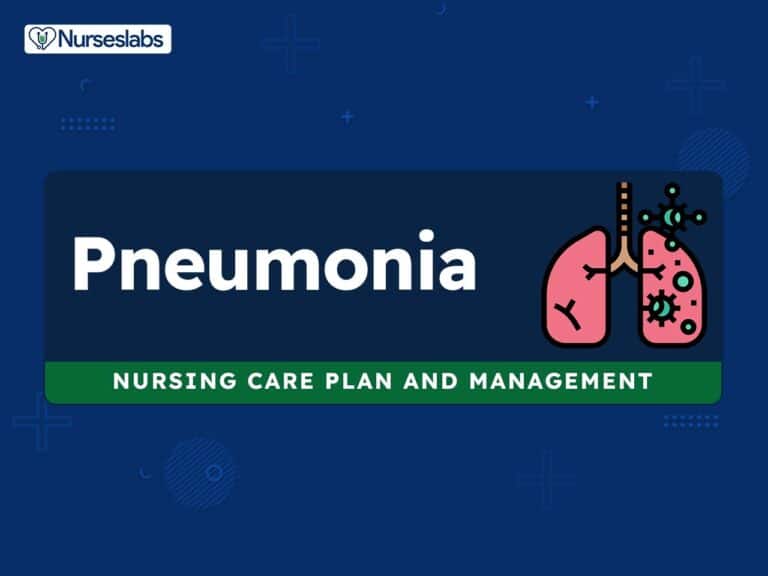

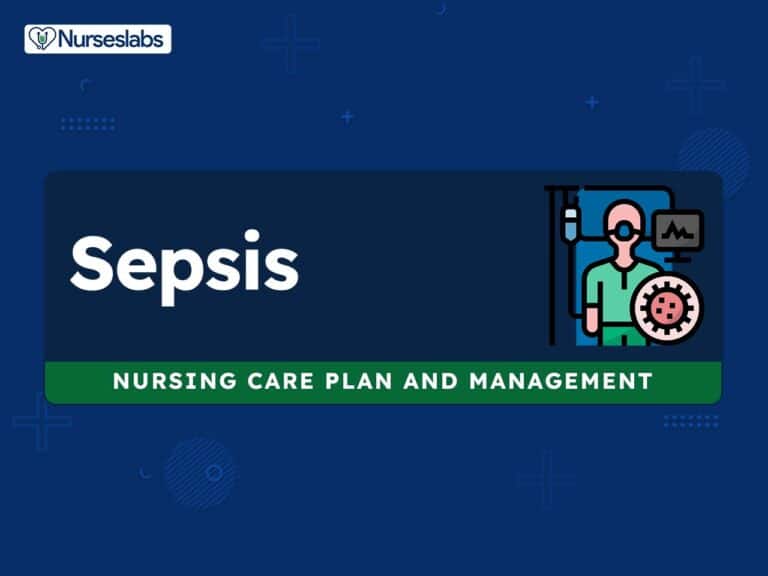
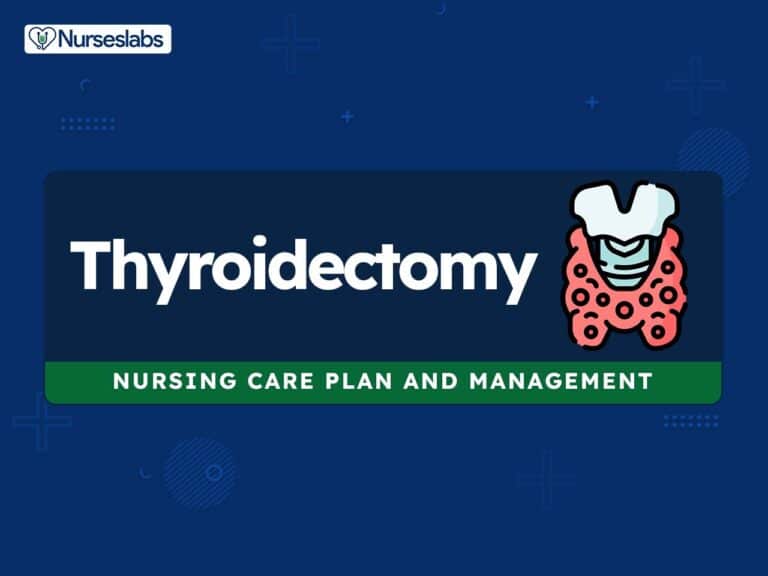
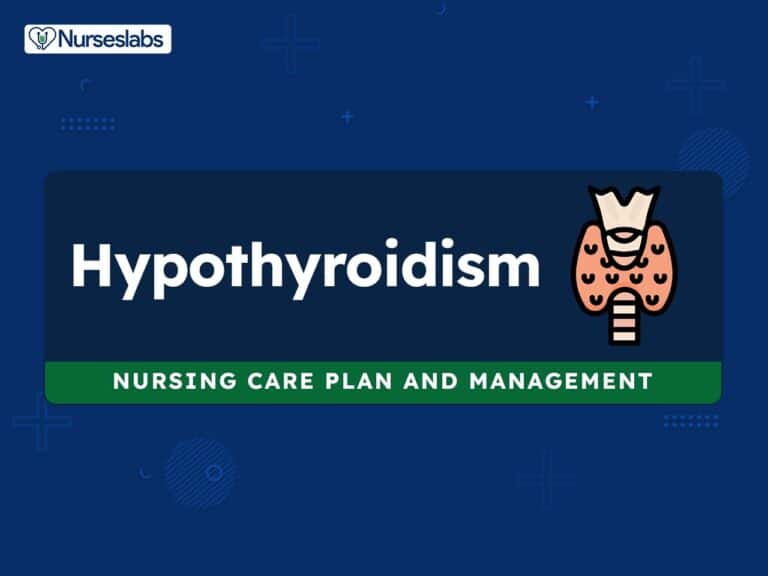
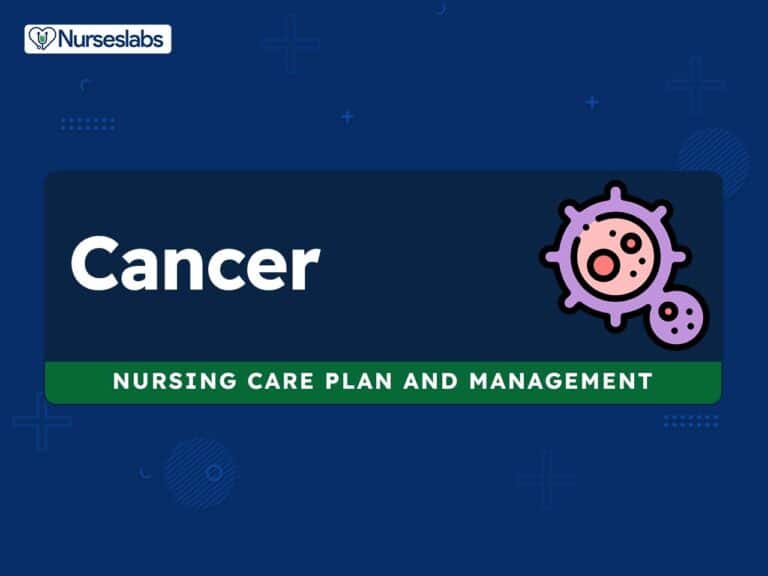

Leave a Comment